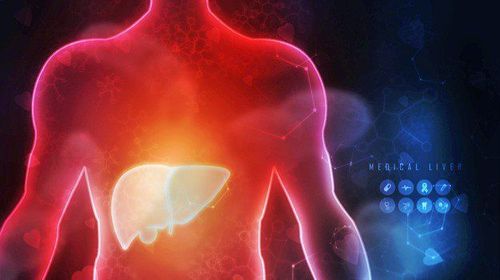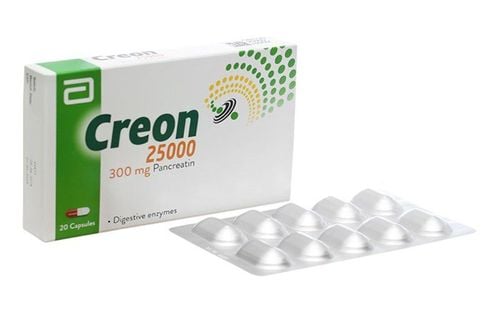This is an automatically translated article.
The article was professionally consulted by Specialist Doctor I Tran Quoc Vinh - Emergency Doctor - Department of Resuscitation - Emergency - Vinmec Nha Trang International General Hospital.1. Diabetes
Diabetes is a chronic disease in which the patient's blood sugar is always higher than normal. Due to the patient's body is deficient or resistant to insulin, leading to disturbances in blood sugar metabolism. Patients with diabetes have the following characteristics:Hyperglycaemia Combined with abnormalities in lipid, protein, carbohydrate metabolism... The disease tends to develop eye, neurological, cardiovascular diseases, liver, kidney complications. Diabetes is divided into 2 types:
Type 1 diabetes: The beta cells of the pancreas are destroyed by autoimmune or unknown causes, causing absolute insulin deficiency. Type 2 diabetes: The body's cells are resistant to insulin, leading to a relative lack of insulin. That is, insulin is still secreted in a normal amount but less than the body's requirements. In which, type 2 diabetes is the most common form, accounting for about 90-95% of diabetes patients.

2. The link between diabetes and liver disease
The liver has an important role in carbohydrate metabolism, responsible for the balance of blood glucose levels. The metabolic balance of glucose is impaired in the presence of chronic liver disease leading to insulin resistance, glucose intolerance and diabetes mellitus. The prevalence of diabetes in patients with chronic liver disease is about 18-71%. In addition, in patients with chronic liver disease, glucose intolerance is up to 80%. Thus, diabetes and chronic liver disease often coexist, and the available evidence suggests that chronic liver disease increases complications and premature death in patients with diabetes.In addition, diabetes is also one of the risk factors for chronic liver disease and hepatocellular carcinoma. Diabetes is the most common cause of cirrhosis, and non-alcoholic fatty liver disease is a chronic liver necrosis, leading to hepatocellular failure and, ultimately, hepatocellular carcinoma.
3. Management of diabetes in patients with chronic liver disease
The liver is the major site of metabolism of most antidiabetic drugs. Furthermore, chronic liver disease is associated with complications such as impaired renal function, lactic acidosis, and hypoglycemia. Up to 50% of patients with liver disease are malnourished and at risk of hypoglycemia. Therefore, the management of diabetes in patients with chronic liver disease is a challenge for endocrinologists and gastroenterologists.
Therefore, patients need to be consulted by nutritionists to have a suitable diet and exercise for each stage of the disease.
3.2 Medicines to treat Some drugs for diabetes treatment in people with chronic liver disease such as:
Insulin : About 60% of cirrhotic patients need insulin treatment. Insulin therapy can be used at any stage of cirrhosis. However, the long-term efficacy and safety of insulin in patients with cirrhosis have not been studied. Insulin requirements are elevated in patients with compensated cirrhosis, while significantly lower in patients with decompensated cirrhosis, leading to decreased liver function and gluconeogenesis. Therefore, it is recommended that insulin use in cirrhotic patients should be titrated, closely monitored to avoid the risk of hypoglycaemia.

At Vinmec International General Hospital, we always deploy a screening package for diabetes and dyslipidemia to help detect pre-diabetes early, accurately classify diabetes type, develop a nutritional regimen, monitoring to minimize the risk and complications caused by diabetes.
Please dial HOTLINE for more information or register for an appointment HERE. Download MyVinmec app to make appointments faster and to manage your bookings easily.














